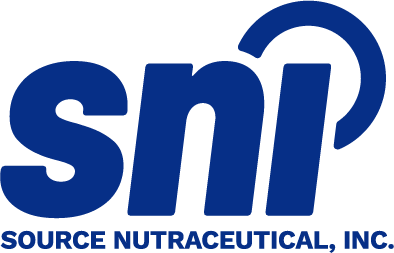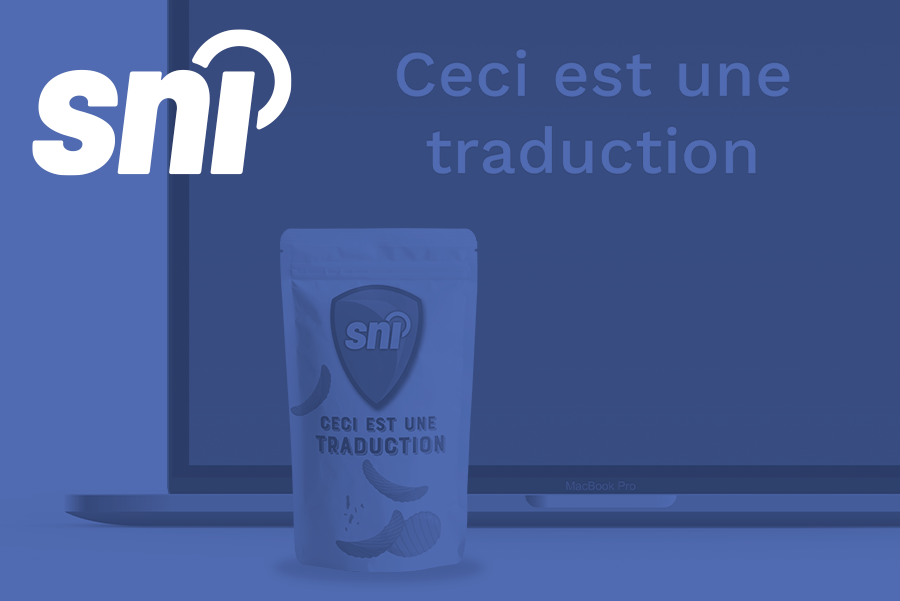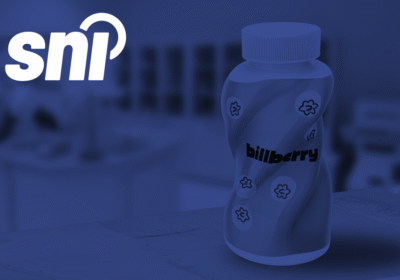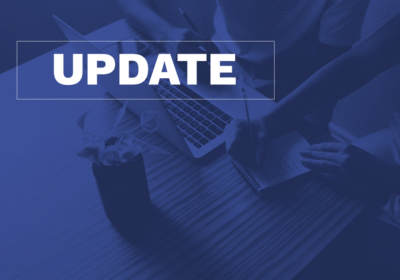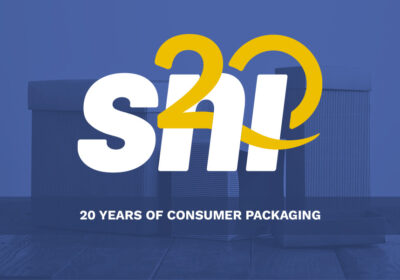As mentioned recently, our whitepaper library has been given a makeover!
The intent was to keep the insights fresh and up to date so that you can gain information to solve the biggest challenges you might be facing in your business. The insights are useful whether in the NHP realm, prepackaged foods, ingredient sector, and more.
In this post, we highlight one of our most popular whitepapers, Bilingual Packaging and Labelling, because it is an urgent challenge our clients face time and time again.
BILINGUAL LABELS: A Common Conundrum
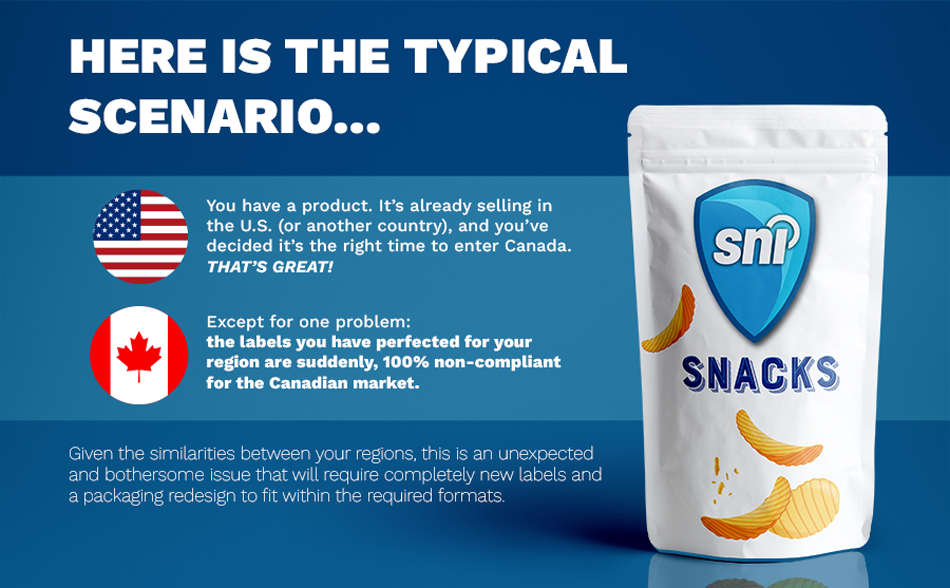
Can’t I Just Use My U.S. Labels?
Why can’t I just use my current labels? Due to Canada’s differences in regulations, including bilingual requirements, a non-Canadian label will never be able to used legally here.
The bilingual requirements are that all product labels (prepackaged foods, natural health products [called dietary supplements in the U.S.], drugs, consumer products, and more) must display mandatory label information in both English and French.
How Do I Translate My Label to French?
And no, unfortunately, running your label copy through Google Translate or other means is NOT acceptable!
As a business with multiple French-fluent team members (including professional translators), we tested the accuracy of automated translation for a label, and let’s just say the results were…comic at best, inaccurate or misleading at worst!
The nuances of product labelling, especially in a field with complexities like nutrition and scientific information, necessitate professional translation services.

Don’t Have a French Translator? No Problem.
The big question is: how can I comply QUICKLY with these bilingual requirements so I can get to market as fast as possible?
Download the full whitepaper (free) to learn what’s mandatory, and how brands can comply for a fast speed to market.
